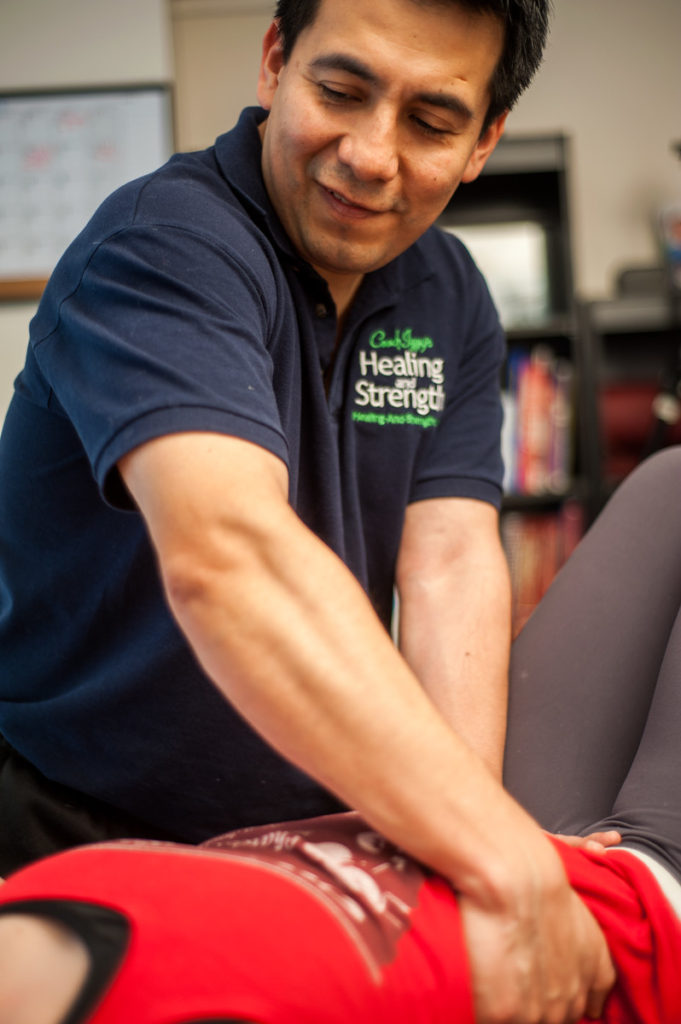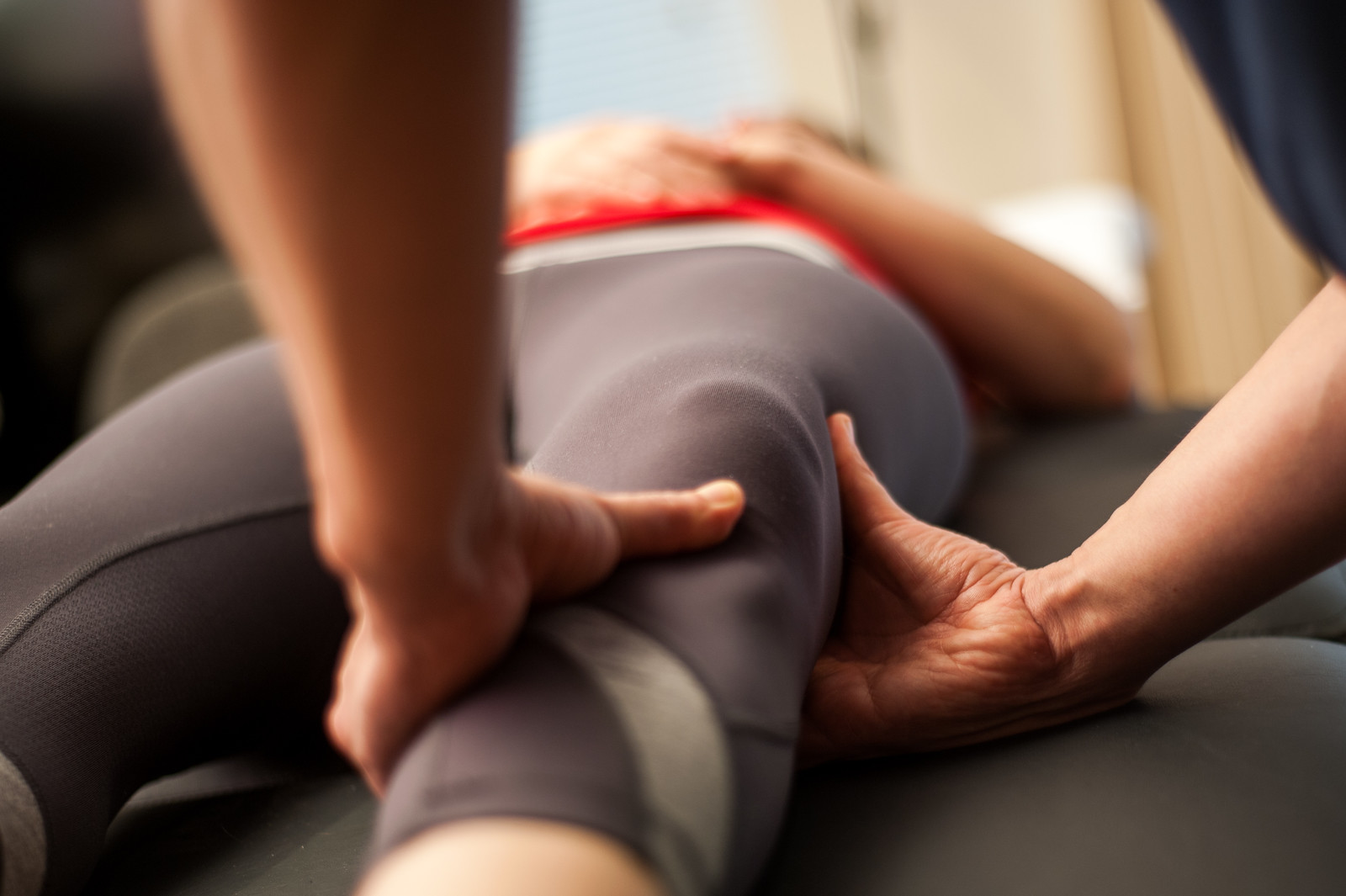The first reply to my email request for volunteers was almost instantaneous. Me! Me! Pick me! it read.
The second one arrived shortly after. It expressed similar sentiments in a more formal tone. I’ll be more than happy to let you practice on me, it read.
Then the third, and the fourth, and the fifth.
I had barely finished replying to the third message and there were already ten new replies demanding my attention. More kept arriving, all eager for the same: Coach Izzy, I want to volunteer for your practice sessions.
Alas, as much as I would’ve loved to accommodate all the requests, there’s something I learned the hard way: not everyone, no matter how willing, is a good candidate for practice sessions.

The Reality of Practice Sessions
What seems to get forgotten is that practice sessions are literally practice, and they’re not designed to replace regular therapy. Instead, these practice sessions are designed to:
- Cement the understanding of new techniques and their physiological reach.
- Develop precise palpatory skills to identify the new structures and their response to treatment.
- Cement the understanding of the interaction between the new techniques with established physiological systems or structures.
You’ll get a lot of value from the practice sessions if you are the right candidate. You will feel great and it will help many conditions, make no mistake about it.
What Makes a Good Candidate?
The following factors are taken into account when selecting candidates for practice sessions.
Established patient – I only select established patients because I know what to expect from them, and they’re already acquainted with the mechanics of Fascial Counterstrain.
Strength trained – Those who follow a comprehensive strength training program—as in moving loads in a challenging fashion—at least three times per week, go high on my list. Going for walks, bike rides, swimming, jogging, dancing, etc., are good but they’re no substitute for structured strength training and they won’t count.
Frequency of treatment – Those who get regular tune-up sessions have the highest chance of deriving the most benefits from the latest techniques we’ll be practicing. They go high on my list.
Time frame since last visit – Those whose last session took place in two months or less, also have good chances of getting the most out of practice sessions. They’re given strong consideration.

Absence of systemic conditions – Systemic conditions like chronic Lyme disease, severe environmental allergies, cancer, etc., could make participating in practice sessions an unpleasant experience. The same can be said of some prescriptions or treatments such as radiation, chemotherapy, strong antibiotics, and more. Surgeries performed within a six-month time frame can also make practice sessions counterproductive.
History of reactivity – Some experience malaise after Counterstrain, some experience immediate relief and no malaise at all. It’s nearly impossible to predict who will experience what. I determine this based on patient history.
The Guidelines
I do not charge for practice sessions—and I never will—but it doesn’t mean they’re cheap freebies, hence, the guidelines. Not only are the guidelines common sense, they’re also part of my established policies.
Your account must be in good standing – Account delinquencies in my practice are extremely rare, as in one every five hundred sessions, but they exist. If you have a history of no-shows/late cancellations and/or collections, you are not eligible.
Cleanliness – That means clean workout clothes, clean socks, and no fragrances. If you show up barefooted, sweaty, or are unkempt, you will be dismissed and no longer be eligible.
Punctuality – That is a huge one! If you have difficulty being on time, then practice sessions are not for you.
Participation – I will be asking you for specific and honest feedback while practice takes place. If something makes you uncomfortable, please bring it to my attention, otherwise, please keep questions to a minimum.
Acknowledgement of Guidelines – Chances are that you’re reading this is because you received a message from me, and I have asked you to confirm that you have read them. The only way I know you’ve read the guidelines is by replying to my message with: “Yes, coach. I accept the guidelines.”
That is it. I hope you understand the necessity for these guidelines. The field of Fascial Counterstrain continues advancing, and practicing the newer more powerful techniques on the right individual maximizes the benefits for all. I hope I can get the chance and privilege of honing my skills with you.
Until next time, may you enjoy a fit and pain-free life!

